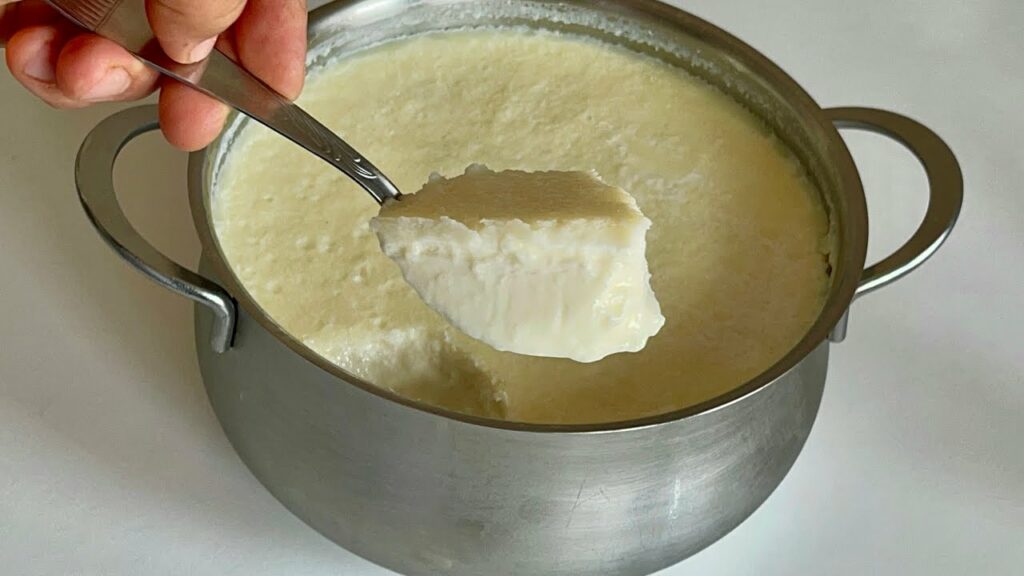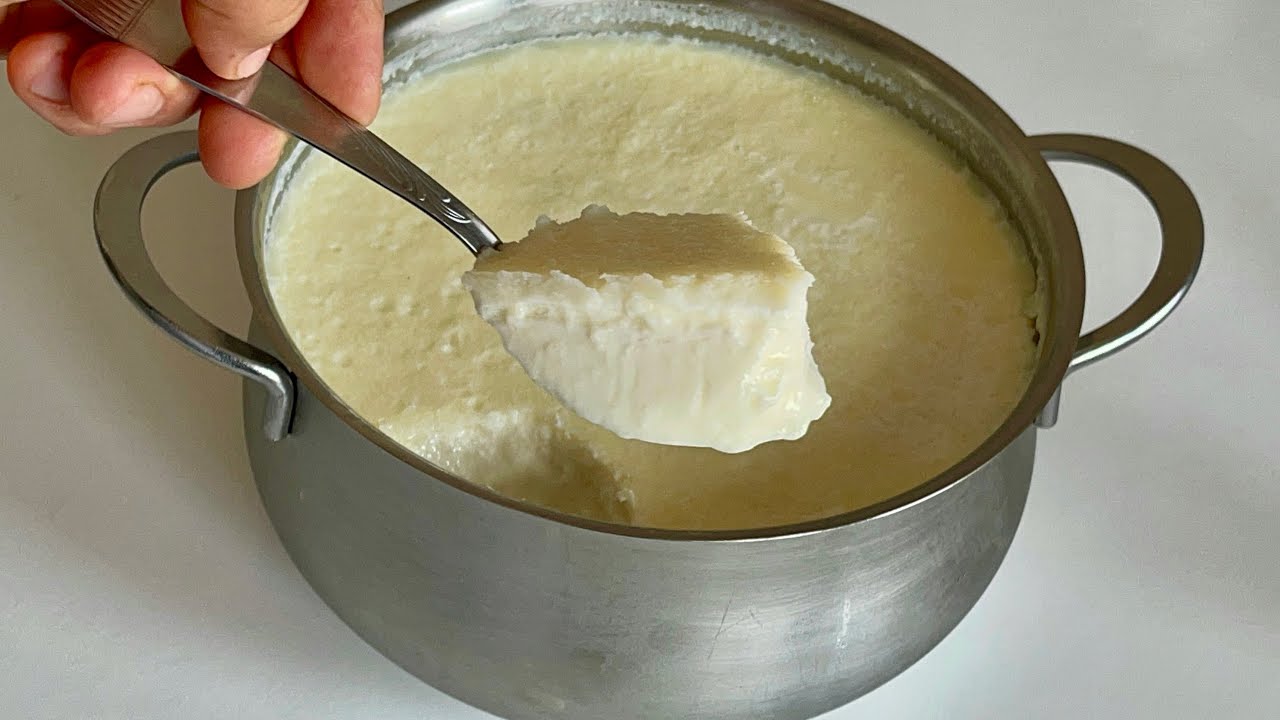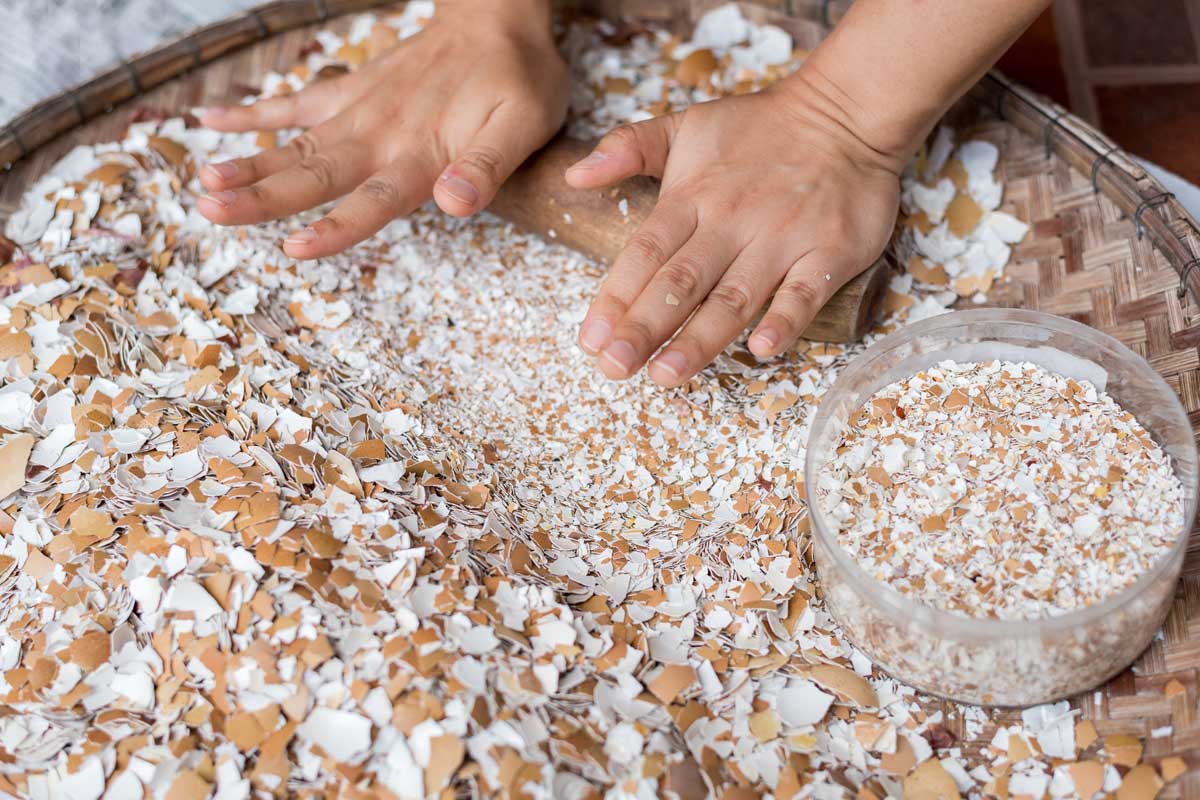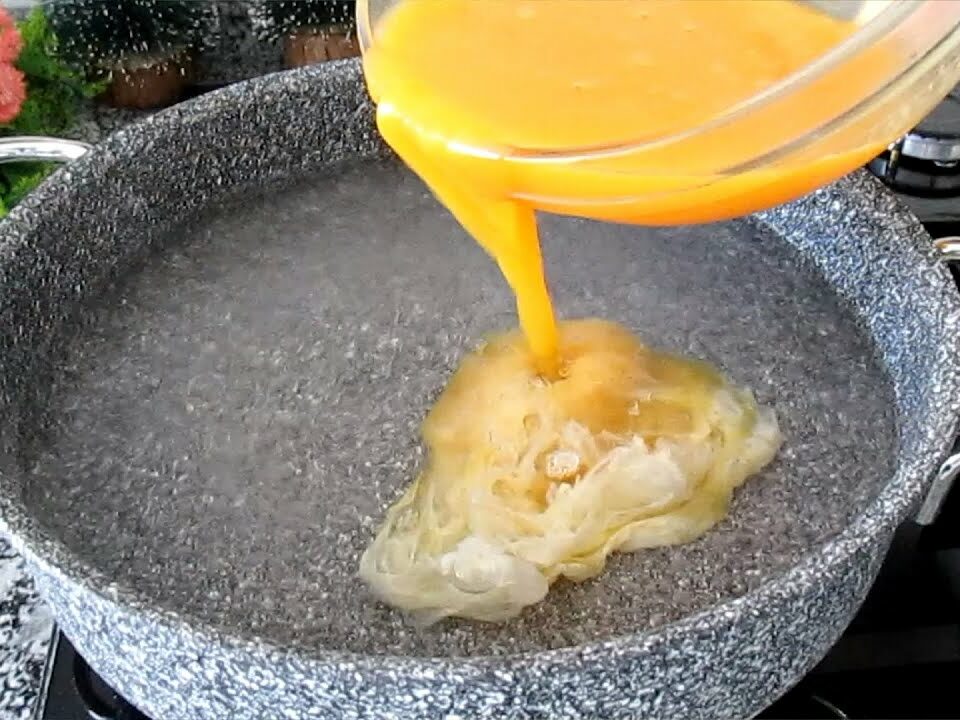
Fermenting your own yogurt at home is not only a fulfilling endeavor but also a delightful way to ensure you have a fresh, healthy, and creamy batch ready at your convenience. Yogurt fermentation might sound intricate, but with the right guidance, it’s quite straightforward. Here’s how you can make yogurt that’s as firm and creamy as stone, filled with all the probiotic benefits, using some simple tips and tricks.
Benefits of Homemade Yogurt:
Homemade yogurt is free of preservatives and artificial thickeners found in many store-bought versions. It’s packed with probiotics, which are great for your digestive system, and can be tailored to your taste and dietary needs. Plus, making yogurt at home can be more cost-effective in the long run.
Ingredients and Equipment Needed:
-
Fresh, high-quality milk (whole milk works best for creaminess)
-
A few tablespoons of plain, unsweetened live-cultured yogurt (as your starter)
-
A pot for boiling milk
-
A thermometer
-
A whisk
-
An insulated container or yogurt maker
Step-by-Step Fermentation Process:
-
Prepare the Milk:
-
Start by boiling the milk in a pot. This step is crucial as it kills any existing bacteria that could interfere with the fermentation process. Heat the milk to about 185°F (85°C), then allow it to cool to about 110°F (43°C). Use your thermometer to monitor the temperatures accurately.
-
-
Add the Yogurt Starter:
-
Once the milk has cooled, whisk in a few tablespoons of your plain yogurt. This introduces the live cultures needed to start the fermentation process.
-
-
Ferment the Yogurt:
-
Transfer the milk mixture to an insulated container or a yogurt maker. Maintain the temperature at around 110°F (43°C) for about 6-8 hours. The longer you let the yogurt ferment, the thicker and tangier it will become.
-
-
Cool and Set:
-
After fermentation, put the yogurt in the refrigerator to cool and set for at least 4 hours. This halts the fermentation process and helps the yogurt achieve a firm texture.
-
Tips for Best Results:
-
Quality of Starter: Always use fresh, high-quality live-cultured yogurt as your starter to ensure the best fermentation.
-
Insulation is Key: Keeping the yogurt at a consistent temperature during fermentation is crucial. You can use a yogurt maker, an oven with a light on, or even wrap your container in towels to keep it warm.
-
Experiment with Fermentation Time: Adjust the fermentation time based on how thick and tangy you like your yogurt. Longer fermentation times result in a tangier flavor and thicker texture.
Making your own yogurt is a simple, satisfying process that yields a versatile and nutritious product. Whether enjoyed plain, topped with fruits, or used in cooking, homemade yogurt is a delightful addition to your culinary repertoire. Happy fermenting!





